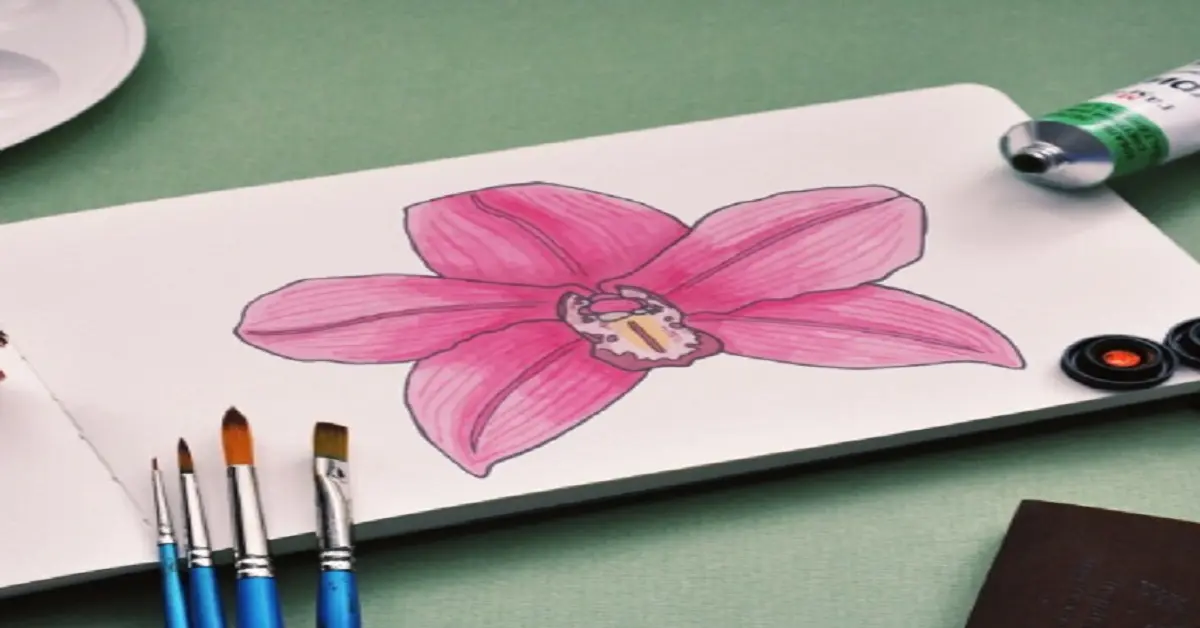art:jwvonfjn0nm= drawing

Introduction
art:jwvonfjn0nm= drawing .Drawing is a fundamental form of art that has captivated human beings for centuries. It serves as a medium for expression, communication, and creativity. But what does “art
” signify? This mysterious code piques curiosity and invites us to delve deeper into the world of drawing.
History of Drawing
Early Beginnings
Drawing dates back to prehistoric times when early humans created cave paintings and carvings. These primitive illustrations were the first forms of visual storytelling. art:jwvonfjn0nm= drawing
Evolution Through the Ages
From ancient Egyptian hieroglyphs to the intricate manuscripts of the Middle Ages, drawing evolved significantly. The Renaissance period marked a pinnacle in drawing with artists like Leonardo da Vinci and Michelangelo.
Types of Drawing
Sketching
Sketching involves quick, freehand drawing that captures the essence of the subject. It is often used as a preliminary step for more detailed work.
Technical Drawing
Technical drawing, or drafting, is precise and used in fields like architecture and engineering. It requires accuracy and attention to detail.
Life Drawing
Life drawing focuses on the human form. Artists often draw from live models to capture the complexity of human anatomy and movement.
Abstract Drawing
Abstract drawing breaks away from traditional representation. It emphasizes shapes, lines, and colors to convey emotions and ideas.
Tools and Materials
Pencils and Graphite
Pencils are the most basic yet versatile drawing tools. Graphite pencils come in various grades, allowing artists to create different textures and shades.
Charcoal and Pastels
Charcoal offers rich, deep blacks and is perfect for dramatic effects. Pastels provide vibrant colors and a soft, blendable texture.
Pens and Ink
Pens and ink are ideal for detailed line work. They create sharp, clean lines and are often used in technical and comic book drawings.
Digital Tools
In the digital age, software like Adobe Illustrator and Procreate have revolutionized drawing. Digital tablets and styluses offer endless possibilities for creativity.
Techniques in Drawing
Shading and Hatching
Shading adds depth and dimension to drawings. Hatching involves drawing parallel lines to create tonal effects.
Perspective Drawing
Perspective is crucial for creating the illusion of depth. Techniques like one-point and two-point perspective help achieve realistic scenes.
Line Art
Line art focuses on clean, continuous lines without shading. It is often used in illustrations and graphic design.
Cross-Hatching
Cross-hatching involves layering intersecting sets of parallel lines to build up texture and tone.
Famous Drawings and Artists
Leonardo da Vinci
Leonardo’s “Vitruvian Man” exemplifies the blend of art and science. His detailed anatomical drawings are legendary. art:jwvonfjn0nm= drawing
Michelangelo
Michelangelo’s sketches for the Sistine Chapel ceiling showcase his mastery of the human form.
Vincent van Gogh
Van Gogh’s expressive line work in pieces like “Starry Night” demonstrates his unique style.
Contemporary Artists
Modern artists like David Hockney continue to push the boundaries of drawing with innovative techniques and digital tools.
The Role of Drawing in Different Cultures
Western Art
Western art has a rich tradition of drawing, from classical realism to modern abstract styles.
Eastern Art
Eastern cultures, particularly in China and Japan, have a long history of calligraphy and ink wash painting.
Indigenous Art
Indigenous cultures use drawing as a means of storytelling and preserving history.
Drawing as a Therapeutic Tool
Art Therapy
Art therapy uses drawing to help individuals express emotions and heal psychological wounds.
Benefits for Mental Health
Engaging in drawing can reduce stress, improve mood, and enhance cognitive function.
Learning to Draw
Basics for Beginners
Beginners can start with simple exercises like contour drawing and basic shapes.
Advanced Techniques
Advanced artists may explore complex techniques like foreshortening and chiaroscuro.
Online Resources and Courses
Numerous online platforms offer courses and tutorials for artists of all levels.
The Future of Drawing
Technological Advances
New technologies, including AI and 3D printing, are transforming the drawing landscape.
Integration with Virtual Reality
Virtual reality opens up immersive experiences for artists, allowing them to draw in a 3D space.
Common Challenges in Drawing
Overcoming Creative Blocks
Artists often face creative blocks. Techniques like mindfulness and taking breaks can help.
Mastering Techniques
Consistent practice and studying the work of masters are essential for improvement.
Finding Inspiration
Inspiration can come from nature, everyday life, or other art forms.
Drawing for Different Professions
Architects and Engineers
Precision in technical drawing is crucial for architects and engineers.
Illustrators and Graphic Designers
Illustrators and graphic designers use drawing to create visual content for various media.
Animators and Game Designers
Drawing skills are fundamental for animators and game designers to create characters and environments.
Personal Stories of Drawing
Testimonials from Artists
Artists share their journeys, highlighting the impact of drawing on their lives.
The Journey of a Drawing Enthusiast
A drawing enthusiast’s story illustrates the joy and fulfillment found in this art form.
Conclusion
art:jwvonfjn0nm= drawing .Drawing is more than just an art form; it is a way of seeing and interpreting the world. From the simplest sketch to the most complex technical drawing, the process of creating art through drawing connects us to our history, our cultures, and our inner selves. Whether you are a beginner or an experienced artist, the world of drawing offers endless possibilities for exploration and expression.